Isla
Concept Morning Chatbot for Critial Thinking
Sketch, Vue.js, Google Speech-to-Text, Raspberry Pi
UX Research, Prototyping, Voice Research, UI

This is my final year project for Bachelor of Arts in Interactive Media at The Hong Kong Polytechnic University’s School of Design.
Isla is a concept, which includes a chatbot for smart displays and an app. It provides required information to start one’s day, such as weather and agenda. More importantly, it shows the latest news in a story-like format while boosting critical thinking.
It aims to lessen the echo chamber effect, where people only consume media reinforcing their existing beliefs. By enhancing people’s critical thinking daily, it seeks to encourage the forming of informed views and introduce criticality to people’s judgement.
The Echo Chamber Effect
This phenomenon, in a nutshell, is where people read or watch only media that align with their views. Its makes two sides of society harder to find common ground or reconcile.

Similar to a dome, social media echoes your own opinions.
In my primary research, participants were asked to screen-record their Facebook feed, Hong Kong’s predominant social network. I found people rarely see the same posts, hence they receive the same piece of information but from separate sources or points of view.
I also conducted interviews with participants to understand their content consumption habits on social media. From these interviews, I set the target audience of the project to be “Readers” in the martix – people who read the news and adopt the echo chamer’s views because of their peers, and do not apply critical thinking when forming their own views.
Opportunity in Morning Briefings
Critical thinking is crucial in reducing the echo chamber effect. Gathering information and exploring viewpoints, among other qualities, is needed to promote understanding between parties.

Morning briefings on existing assistants play pre-made podcasts in their news sections.
Home smart speakers (e.g. Amazon Echo, Apple HomePod) have a “morning briefing” feature where users can get the information they need in the morning. The news section of it currently only plays pre-made news podcasts. As users use the briefing daily, this section can be transformed to train users’ critical thinking.
Features
Suggested Questions
Asking questions is a vital part of critical thinking. Therefore, based on the current piece of news, a list of suggested questions is displayed on the screen. The user can use voice or tap the questions to get the answer.

Argument
Understanding different viewpoints is also crucial to critical thinking. A part of the news section is where people of different views debate each other, encouraging the user to explore different opinions.
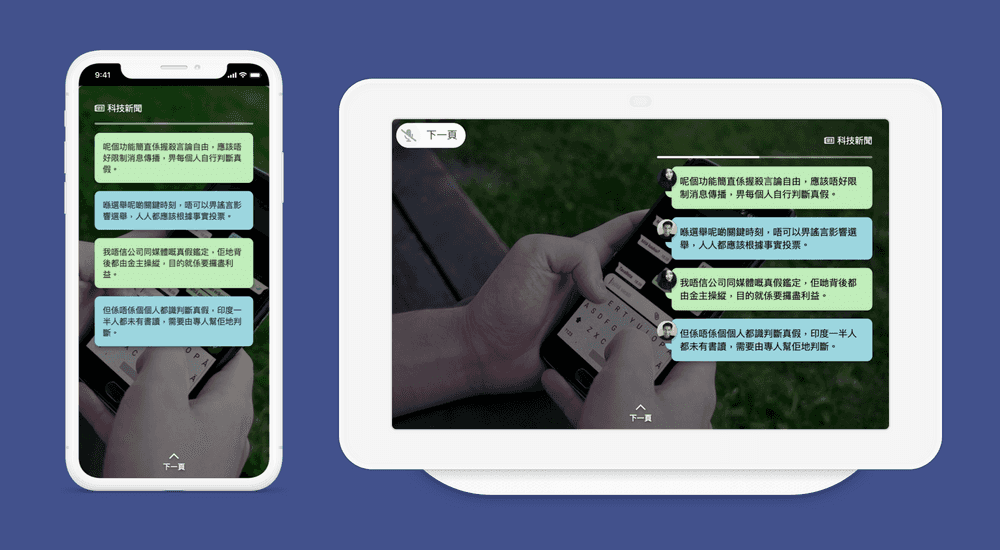
Polls
Exploring different options ahead is a part of critical thinking. In some of the news entries, there is a poll where the users can vote for the various possibilities about the current news entry. At the evening, the app notifies the user to see the result of the poll. This feature not only encourages the user to explore options but also helps them to gauge the overall opinion of society.

Users can choose multiple options that represent their view. Final result is saved in the drawer in the evening.
Story Timeline
Gathering information about the news’ background is essential to understanding it. At the beginning of most news entries, the user can choose to see a timeline of preceding events and save articles in the drawer to read later.

User can save articles about events that lead to the current news to read later.
Drawer
The links saved from the story timeline is available here after the briefing. The poll results are also kept here in the evening.
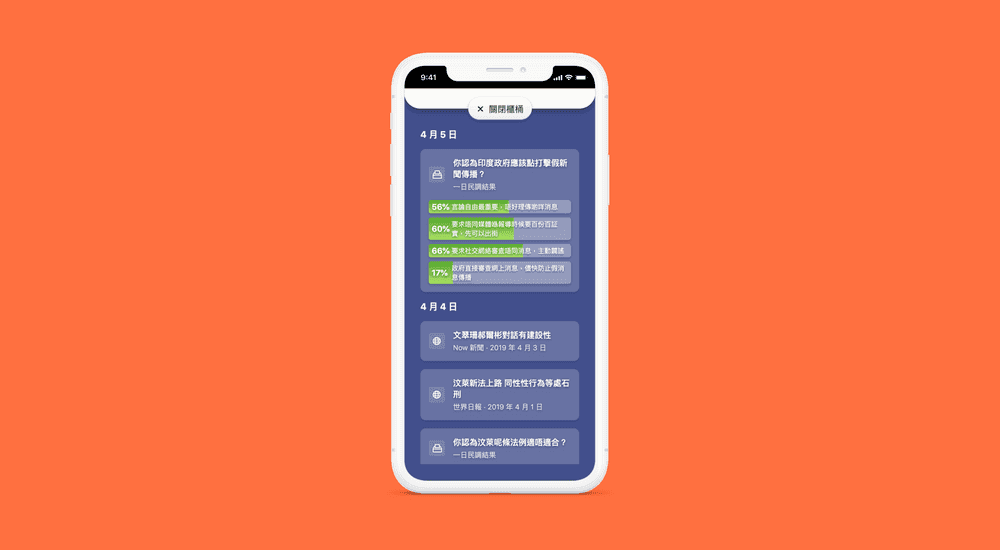
Poll results and saved links.
Daily User Journey
Isla can be used every day on smart displays or as a mobile phone app.

Gallery
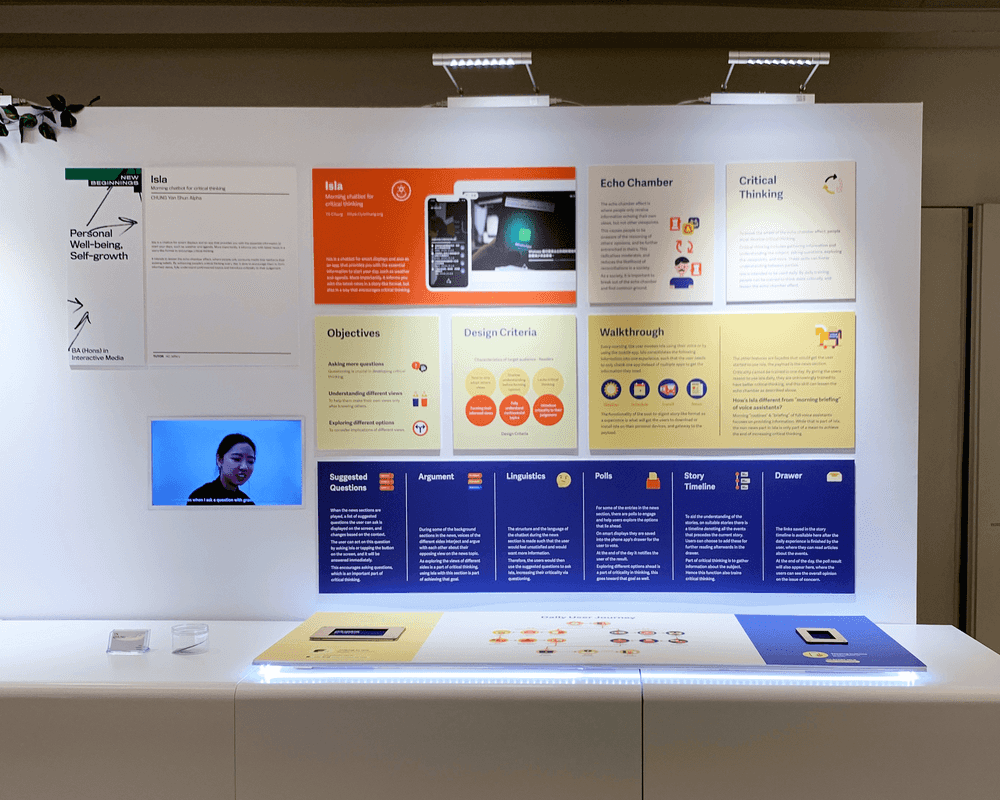
Annual show booth.
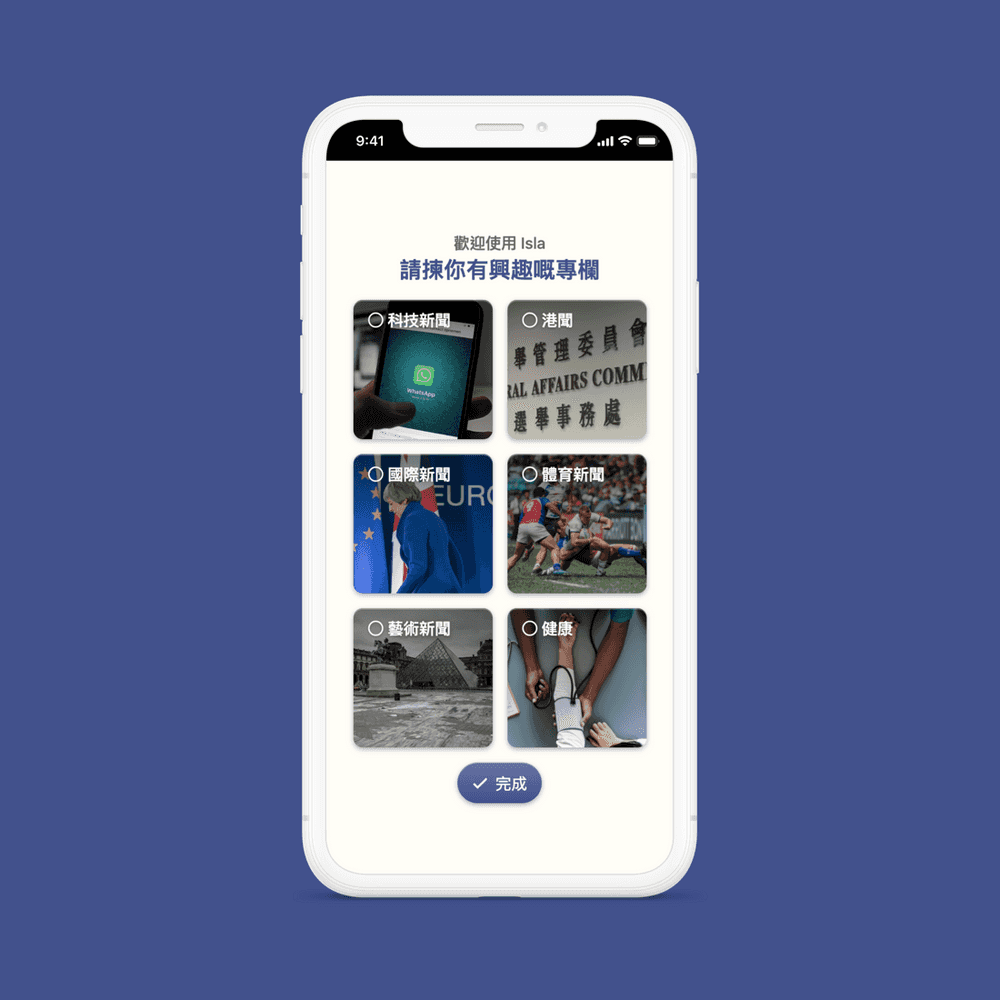

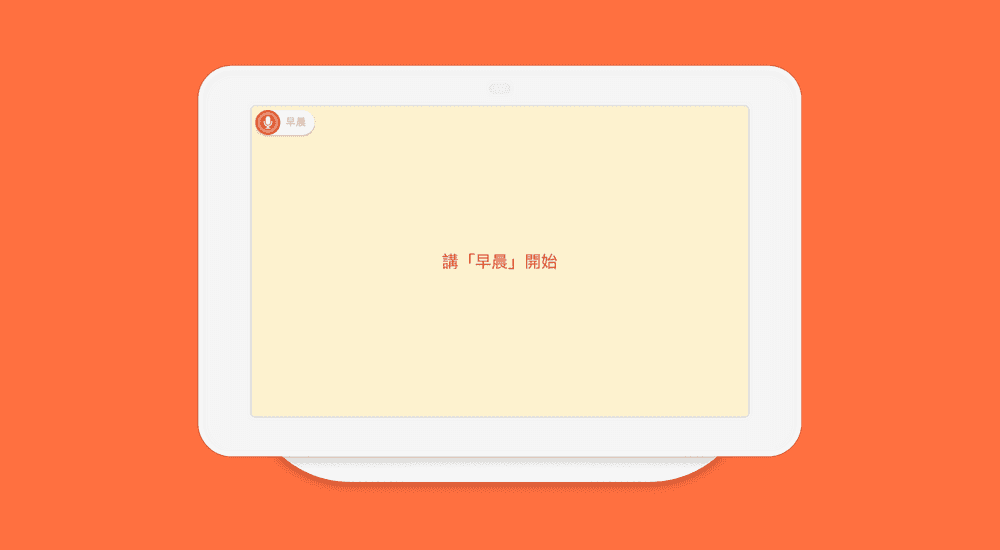
Voice recognition was implemented in the prototype (top left). Users say “good morning” to invoke Isla on smart displays. The voice recognition is done with a nearby Raspberry Pi, and sent to Google Cloud for Speech to Text.
